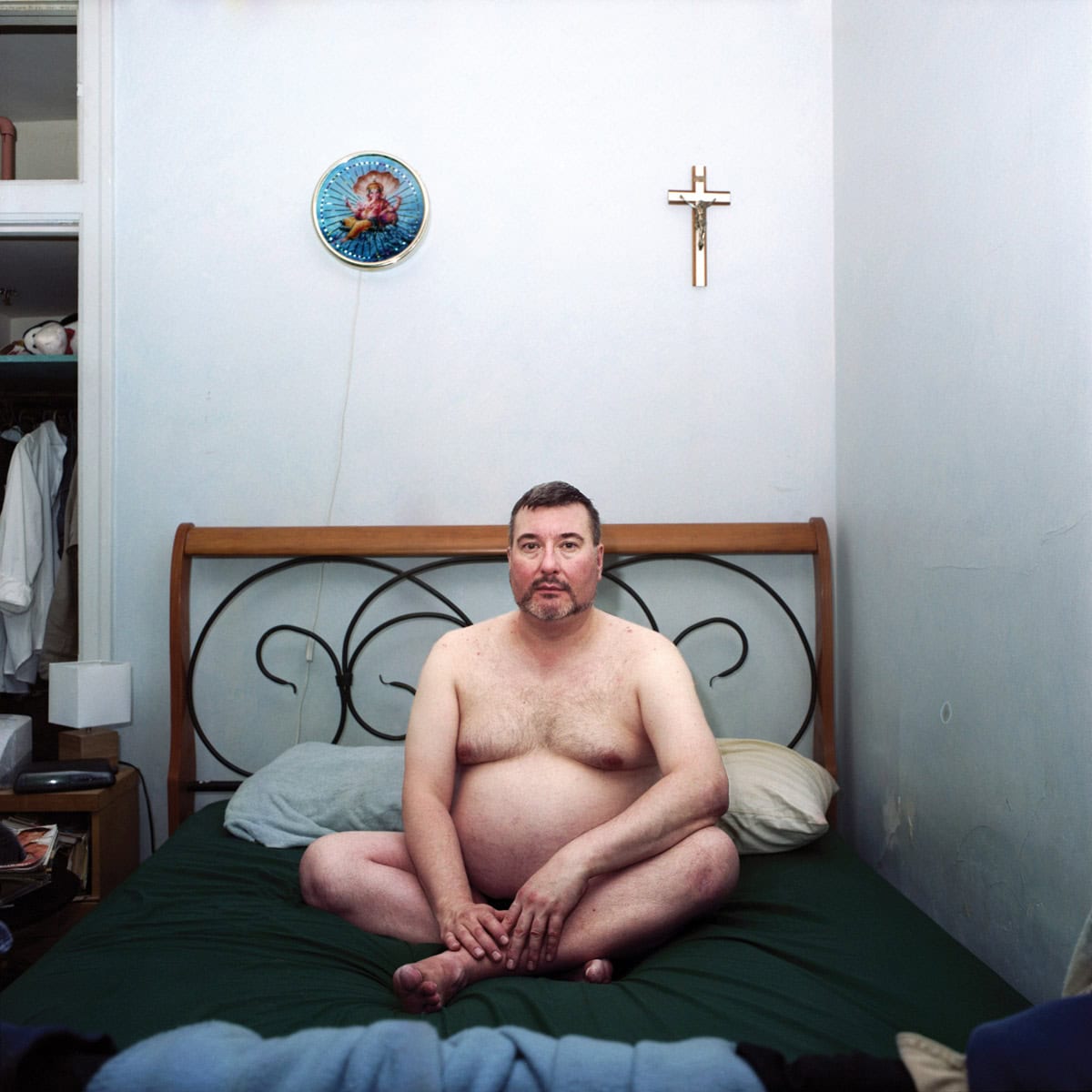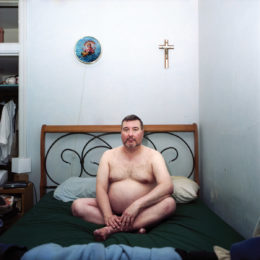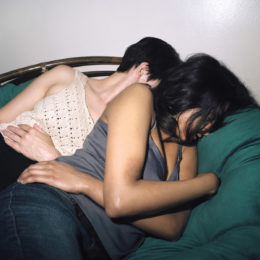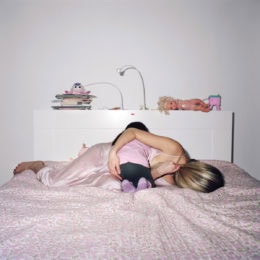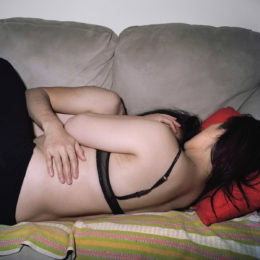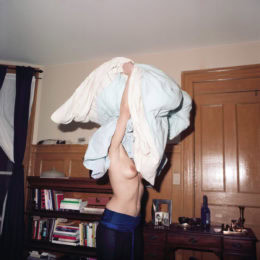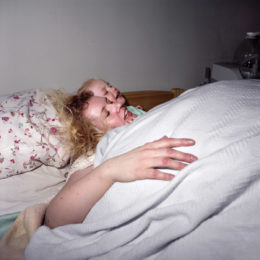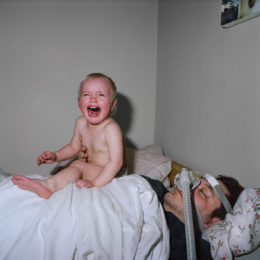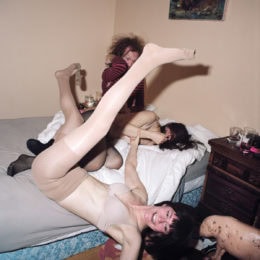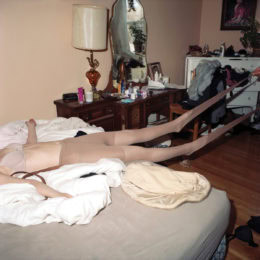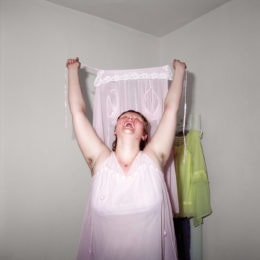Pronouncing Eros: which universe does our mind spin towards and how does it feel? Which colour loads our imagination and what is its consistency? Does a scene, an act, a shape, a texture or even a human appear? Does it somehow smell or taste? Does it have anything to do with something that has already been experienced or is it related to a desire to be lived, a person willing to be touched? Is eroticism happening thanks to an inclination, an involvement, or is it based on the descriptive figures of a manual, related to a specific frame of time, a place, a kind of food at dinner or perhaps a glass of wine? Does it come with an all-encompassing power for arousal or is it overwhelming, making the stomach twist on its own?
And listen, do we nourish ourselves through the power of eroticism? Are we connecting it with a long term feeling or is it driven by temporary sensations? Are we able to grasp the concept and to enhance its perceptive core or do we have the usual boring need to rationalize its complexity? Do the multiplicity of our instincts play a role in how we experience Eros? Do we become the protagonist of our experiences or are we following an ideal, something like an imaginary version of it?
Do we even ever wonder about it all?
Eroticism, these days, assumes its own symbolism, contradicting its nature of arising from feelings, or even stimuli, being instead regulated by canons and ethics.
The perception of eroticism and how we respond to it is now regulated. What should be pure research, deep listening and receptive exploration; a territory where diversity is at home, has been standardized.
From here, how we do constantly apply our impressions of what is normal and fruitful and what isn’t? It is in the perception of that incongruence, spotting the blemishes and inclinations that radiate out from the straight traced line, that Karen breaks in with her silent and careful research. She delves into a whole palette of shadows that hides behind the peculiar attitudes of human eroticism.
When the unfolding mundane touches the interior world, a load of pressure that needs to be released is created. As unlimited explorers, dealing with convolutions of emotions, research loses its coordinates: these images are complex layered paradigms that raise the alarm for the introspective needs that people express by turning the most intimate of phenomena into a sour stiff gesture. Rather than atypical persons, she identifies hidden tensions to be staged with mysterious forms and interactions. That is how they become images: in my eyes scenes of agitated and pointy bodily entanglements appear, at the bottom of my throat a tight knot and in my mind a sort of daze. Confusion with a pinch of pain.
Now it’s on us: assuming and absorbing the nagging sensations they recall or trying to untangle the provocation of all that oddity?
The imagination kicks in to conquer the experiences felt and those only heard. In between crumpled consumed sheets and safe mundane beds, in the involution of what might happen, the mask is smashed, or perhaps we sweat it out while the erotic situation becomes the lens for discerning intimacy. A kind of intimacy that can’t be described with smoky cappuccinos or fine lace lingerie, but instead, one that serves to even up, to mitigate and express worries trough research of pleasure. In the scene earthly labyrinthine and soft pillows foster a consideration reinforced by the protagonist’s absent expression: all may hurt. Objects assume the role of artifacts with an anthropological character, used in order to allude towards certain attitudes. Cold isn’t merely an atmospheric state, but a barrier to get through. Imagination flies all around them, framing lived life transversely. I find myself wondering what might have happened before, behind, and in front or rather after; which role are the protagonist performing daily, which issues they do need to face. Are they in a mutual relationship? What has happened the day before, and what about the one after? Will they talk about it with friends? And eventually with which worlds?
And right in that very moment; are they loving themselves? What shape does eroticism take in their minds then, and how are they living the present, with how much intensity? Are they wondering how the other is feeling, if they are doing well, or are they just expressing themselves? Do they talk in between, and do they have a balanced enough relationship that they can share some words afterward? Is the room creaking with wood or the metal bar banging repetitively against the wall or are they concentrating on the texture of their moistening skin? Are they obsessed with the touch of the other’s hand or the feeling of their own? How did it actually start? Does it have a cadence? Were they watching a movie, listening to soft music, dancing closely on an epileptic dance floor, or just observing a slice of orange backlight? Did they stay a few minutes in that limbo of listening to the other swallowing? Did they know where to start and the next move to make? Will they actually go to sleep together and how? Will it end with a cigarette, sweetened by cereal in a mug of milk, a quick apple sneaking out through the door, or a quick coffee and back to work? Will they be feeling the same thrill and will they have the time and space to freshen the palate and start again? Will they be exploring the same kind of Universe, or do they mean it differently?
Who knows.
One sure thing is that this photographic approach does engage in the noble task of demonizing the grotesque and gives us the opportunity to open our mind to a multiplicity of perspectives and their diverse motivations. This is an opportunity to understand, comprehend, and to eventually build something at the bottom part of the issue, if necessary.
Confronted with these pictures, we may feel a kind of disgust but just think: skin and fluids cannot help being simultaneously attracted to that fluffy white parallelepiped that marks both an area and a timeframe. And why should it be strange if that helps to shut down the infinite thinking and lets deep breaths change in intensity while bodies experiment differently and with no limits? Perhaps it is even a paradise, one without discriminations, where eroticism is present in daily life to provide comfort, where actions are not categorized, politically correct thoughts are being killed replaced by pleasure, genres don’t have to be identified, and where reactions are not to be expected or dictated.
This story is featured on C41 ISSUE 9 Eros.
